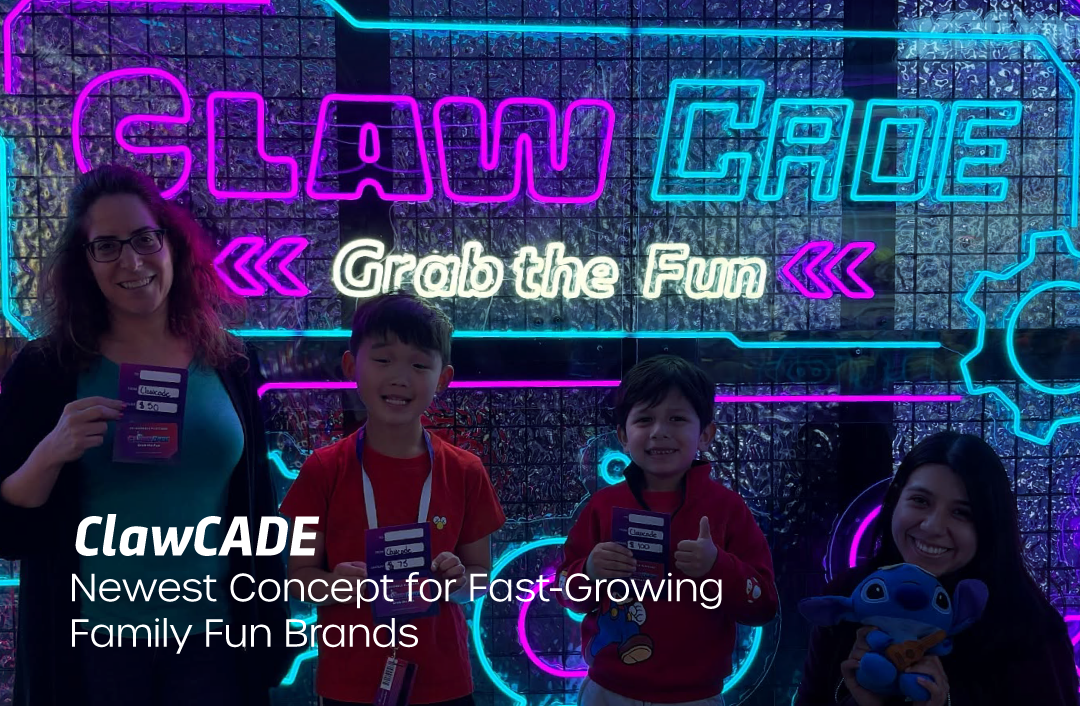Careful attraction and event scheduling creates a winning experience for your guests – and your business.
Do you ever have that nightmare where you’re supposed to be somewhere and you search and search but can’t find the location? Or the one where you realize you have a final and you’ve forgotten to attend classes all semester? What about the one where you accidentally mess up your birthday party scheduling and double book two parties for 30 eight-year-olds?
Versions of that last one have most likely made an appearance in your dreams – and maybe even your reality. Effective party and attraction scheduling is a must for every busy amusement facility, and sometimes there is a power struggle between what’s best for the business and what’s best for your guests. However, savvy operators agree that the two are far more closely linked than they first appear.
We’ve put together six best practices for guest-centric scheduling to help keep the nightmares at bay:
No. 1: Create a set schedule for attraction times and birthday parties.
Human beings are creatures of habit – that’s why consistent routines help to make people less stressed out and happier overall. That principle applies to life in general – for example, parenting experts say children tend to thrive when they have consistency. But did you know routines can even help your team function better?
Without a set schedule and consistent workflows around guests’ interactions with your attractions and offerings, it’s nearly impossible for you to streamline the systems needed to serve guests at a consistently high level.
If your team doesn’t know where to be, what to offer and how much time each step should take, then you’re not operating with a workable game plan. Set schedules offer the opportunity to perfect your offering while giving you a clear picture of the process so you can adjust as needed. Plus, the busier you get, the more easily you’ll be able to tighten your schedules to maximize your space and your earning potential.
No. 2: Provide better customer service with fewer options.
You might be thinking, “I want to offer my guests the exact times that they want.” Sometimes that means giving them the choice of any time – but often, too many choices can be overwhelming for your staff AND for your guests.
It’s important to realize that you know the work flows and processes of your business better than anyone, and that includes the best times to schedule events and attractions. A simple, easy to follow schedule makes decision making much easier. Also, as mentioned before, it’s much easier to deliver high quality customer service when your offerings remain consistent.
No. 3: Begin with the end in mind.
Taking the time to correctly set up your event software with areas in terms of attractions, capacity and party rooms will save you time and headache in the future. Particularly with regards to event scheduling, consider your offerings and your space, where you want guests to begin their experience and where you want them to end up.
For example, you might want to hold party room time between jumping and laser tag or the arcade so that you’ll have an easy (and exciting!) way to relocate guests to other parts of your park or facility. This also gives you a realistic amount of time to set up for the next event.
Use a cascading calendar to help you reserve all components of your event offering so you don’t accidentally overbook a particular attraction. Also, be sure your online booking tool communicates in real time to your in-store system so you don’t oversell capacity.
No. 4: Use your expertise where it matters most.
It may seem scary at first to relinquish control of the schedule book, but you have far more urgent and important matters requiring your attention, and event scheduling shouldn’t be keeping you up at night.
Instead, give up a little control and trust the process. Once a party parent books online, review the party and determine if there are necessary changes to be made. For example, you probably don’t want the 7-year-olds in laser tag at the same time as the 17-year-olds. By viewing areas and attractions in a cascading schedule, you’ll easily be able to shift pieces of a party around if needed.
No. 5: Be clear about expectations.
Guests need to know what to expect and what is expected of them. You might consider using reservation emails once you review a party and confirm attraction schedules to provide a clear flow so guests will know what to expect onsite. The more information communicated up front, the better.
No. 6: Keep it simple.
Keep your scheduling processes as low maintenance as possible and use the tools available to you. Your booking software should be equipped with visual aid flags or status markers that help you systematize some of your event workflow stages. For example, in Advantage Groups, it’s a good idea to set your Review Event and Confirm Event tags to coincide your pre-party touchpoints. That way you can easily see the events that need to be reviewed and tag them Reviewed once confirmation calls are conducted, and Confirmed once you conduct your party prep call and get last minute details.
Guest-centric scheduling doesn’t have to be a hassle. Set your park up for success in the beginning and you’ll automatically find yourself doing more of what you love: wowing guests and creating lifelong relationships.
Can you think of other tips for attraction scheduling and event planning? Share them in the comments or on Twitter!
Search Resources
Subscribe to Email Updates
Featured Resources
News //
CenterEdge Now Integrates with PourMyBeer to Help FECs Serve Up Success

News //
ClawCADE is Newest Concept for Fast-Growing Family Fun Brands

Blogs //
Data-Driven Decisions: Using Management Software to Optimize Staffing & Guest Flow

Videos //
CenterEdge Pro Tip: Create Private Sale Items with Hidden Webstore Links

Posts by Topic
- Advantage Payments (7)
- Brand Management (19)
- Business Growth (81)
- Capacity Management (2)
- CenterEdge News (28)
- Client Interviews (8)
- Credit Card Processing (3)
- Data & Reporting (12)
- Digital Signage (1)
- Event Management (20)
- Facility Management (10)
- Food & Beverage (8)
- Guest Experience (34)
- Guest Management (20)
- Holiday Season & Promotions (5)
- Industry Events (10)
- Inventory Management (1)
- Loyalty Programs (8)
- Marketing Tips (24)
- Operations (1)
- Point of Sale (10)
- Product Launch (11)
- Productivity (5)
- Profitability (35)
- Redemption Management (1)
- Sales (35)
- Season Passes (1)
- Team Training (60)
- Waivers (2)

Leave a Comment